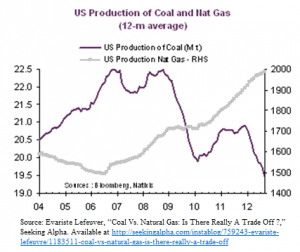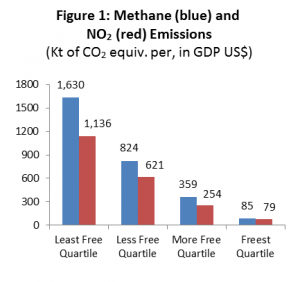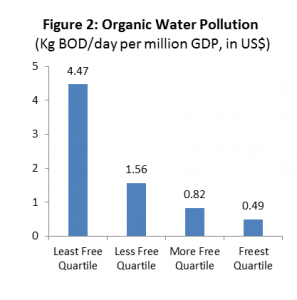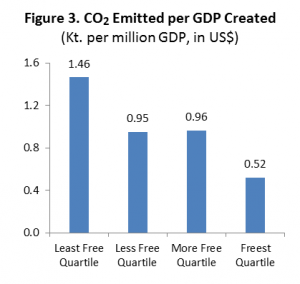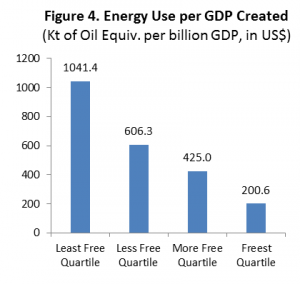Economic Benefits of TransCanada Keystone Pipeline System
According to a study by Southern Methodist University’s Maguire Energy Institute, there are substantial economic benefits with the TransCanada Keystone Pipeline System.
Phase III of the Keystone Pipeline System, known as the Gulf Coast Project. The Gulf Coast Pipeline Project is a 485-mile (780-kilometre), 36-inch crude oil pipeline from Cushing, Oklahoma to Nederland, Texas.
An examination of per capita income growth in the Gulf Coast Project counties between 2000 and 2012:
- Six of the eight affected counties in Oklahoma recorded faster per capita income growth than the state average of 65 percent.
- 11 of the 16 counties in Texas posted per capita income growth higher than the state average.
State of Texas Pipeline Impacts
| Total Economic Activity | $3,638,561,905 |
| Labor Income | $1,696,054,834 |
| Employment | 26,924 |
| Total Taxes | $144,992,343 |
| Indirect Business Taxes | $112,533,584 |
| Direct Business Taxes | $32,458,759 |
State of Oklahoma Pipeline Impacts
| Total Economic Activity | $2,143,364,856 |
| Labor Income | $1,041,174,418 |
| Employment | 15,852 |
| Total Taxes | $72,384,852 |
| Indirect Business Taxes | $50,339,639 |
| Direct Business Taxes | $22,045,213 |
The Gulf Coast Project has the initial capacity to transport 700,000 barrels per day from storage tanks in Cushing to Gulf Coast refineries. With the expected completion of the Houston Lateral project in the fourth quarter of 2014, this number is expected to rise to 830,000 barrels per day adding $5.8 billion in new economic activity to Texas and Oklahoma.
The fourth and final phase of the Keystone pipeline system is known as Keystone XL. The Keystone XL Pipeline is a proposed 1,179-mile (1,897 km), 36-inch-diameter crude oil pipeline beginning in Hardisty, Alberta and extending south to Steele City, Nebraska. This pipeline is a critical infrastructure project for the energy security of the United States and for strengthening the American economy. The Keystone XL pipeline would have the capacity to transport 830,000 barrels of oil per day to Gulf Coast and Midwest refineries.
Approving the estimated $5.3 billion Keystone XL project would create approximately 9,000 construction jobs. When combined with the southern portion of the Keystone pipeline (the Gulf Coast Project), it is estimated that the total $7 billion pipeline would create:
- 13,000 construction and 7,000 manufacturing jobs
- Add $20 billion to U.S. GDP
- Add $5 billion in taxes revenue to local counties
- Create an additional 42,000 direct and indirect jobs
